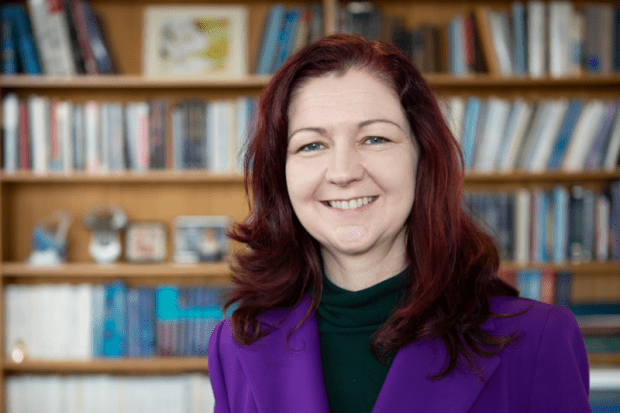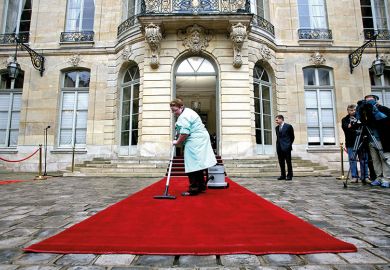Female supervisors and role models are “critical” for attracting and retaining women in male-dominated fields, according to administrators who required just five years to achieve gender parity in a research centre with hundreds of mostly male staff.
Women now comprise half of the 300-odd members of the Centre for All Sky Astrophysics in 3 Dimensions (Astro 3D), a collaboration of nine institutions hosted by the Australian National University.
An “evidence-based programme” based on sociological and psychological research has been credited with boosting the female proportion of the workforce from 38 per cent at the end of 2017 to 50 per cent by the beginning of 2023.
“These outcomes were achieved without quotas,” centre leaders explain in the journal Nature Astronomy. Rather, the team relied on “a core set of recruitment practices” at the nine constituent universities.
They included ensuring that women comprised 50 per cent of the leaders and members of selection committees for advertised postdoctoral positions, and that half of the shortlisted candidates were also women.
“Mandatory implicit bias training” and “widely broadcast gender targets” were also key factors.
“Diverse leadership of teams is crucial for improving the diversity within teams,” the paper says. “Women-led teams recruited and retained more women postdoctoral researchers, attracted more women students and worked with more women collaborators, while the converse was true for men-led teams.”
The paper says that women’s share of positions was not increased by jettisoning men. “The growth in the membership fraction of women is due to a faster increase in the numbers of women investigators, postdoctoral researchers and students.”
Lead author Lisa Kewley, the centre’s founding director, said astronomy was regarded as the leading physical sciences discipline for gender equity. “But when we established Astro 3D in 2017, I looked at the numbers and realised that on current trends it would take more than 60 years to reach gender parity,” said Professor Kewley, who now leads the Center for Astrophysics of Harvard University and the Smithsonian Institution.
She said the programme had reached a “tipping point” when women’s share of supervisory and mentoring roles reached 40 per cent. “After that, student enrolments by women in the centre accelerated. The gains were not made at the expense of men, as the membership grew over this period.”
Emma Ryan-Weber, Astro 3D’s current director, said other research institutions should take note.
“Our success offers a model to other organisations, especially in the physical sciences where participation rates for women continue to be well behind the biological sciences.”
Register to continue
Why register?
- Registration is free and only takes a moment
- Once registered, you can read 3 articles a month
- Sign up for our newsletter
Subscribe
Or subscribe for unlimited access to:
- Unlimited access to news, views, insights & reviews
- Digital editions
- Digital access to THE’s university and college rankings analysis
Already registered or a current subscriber? Login










